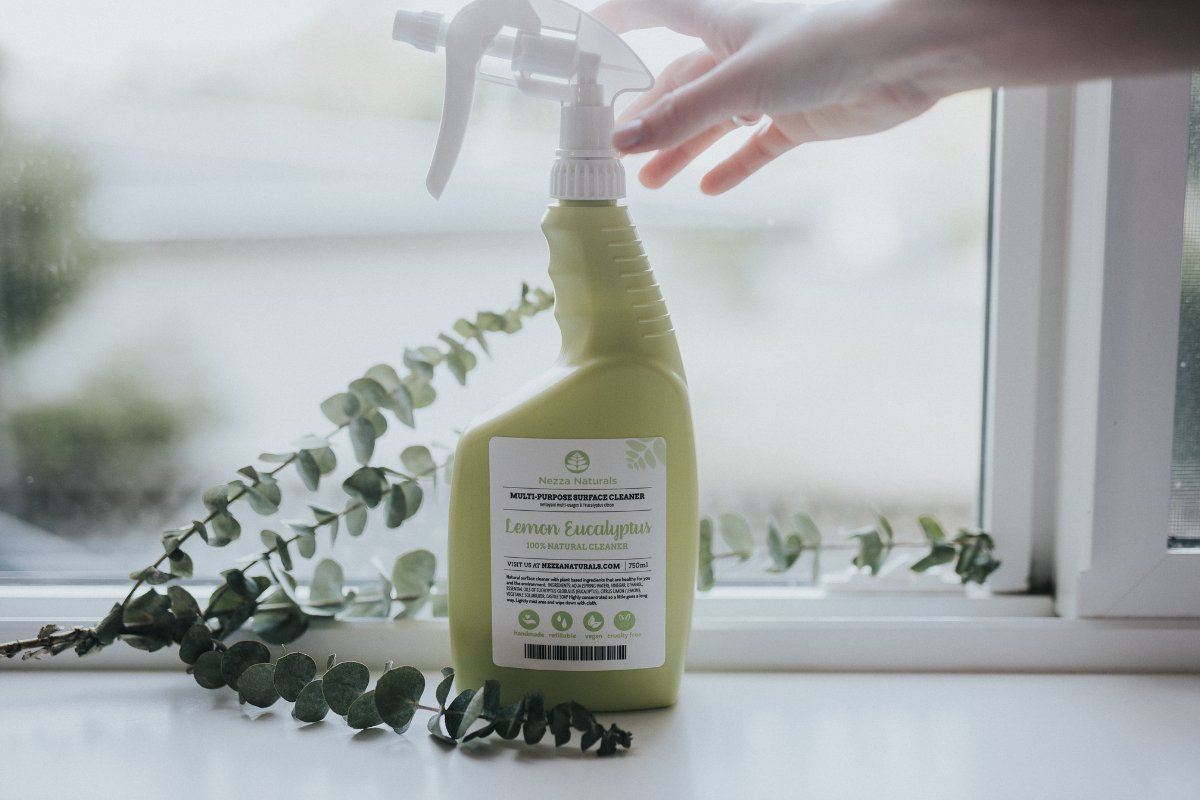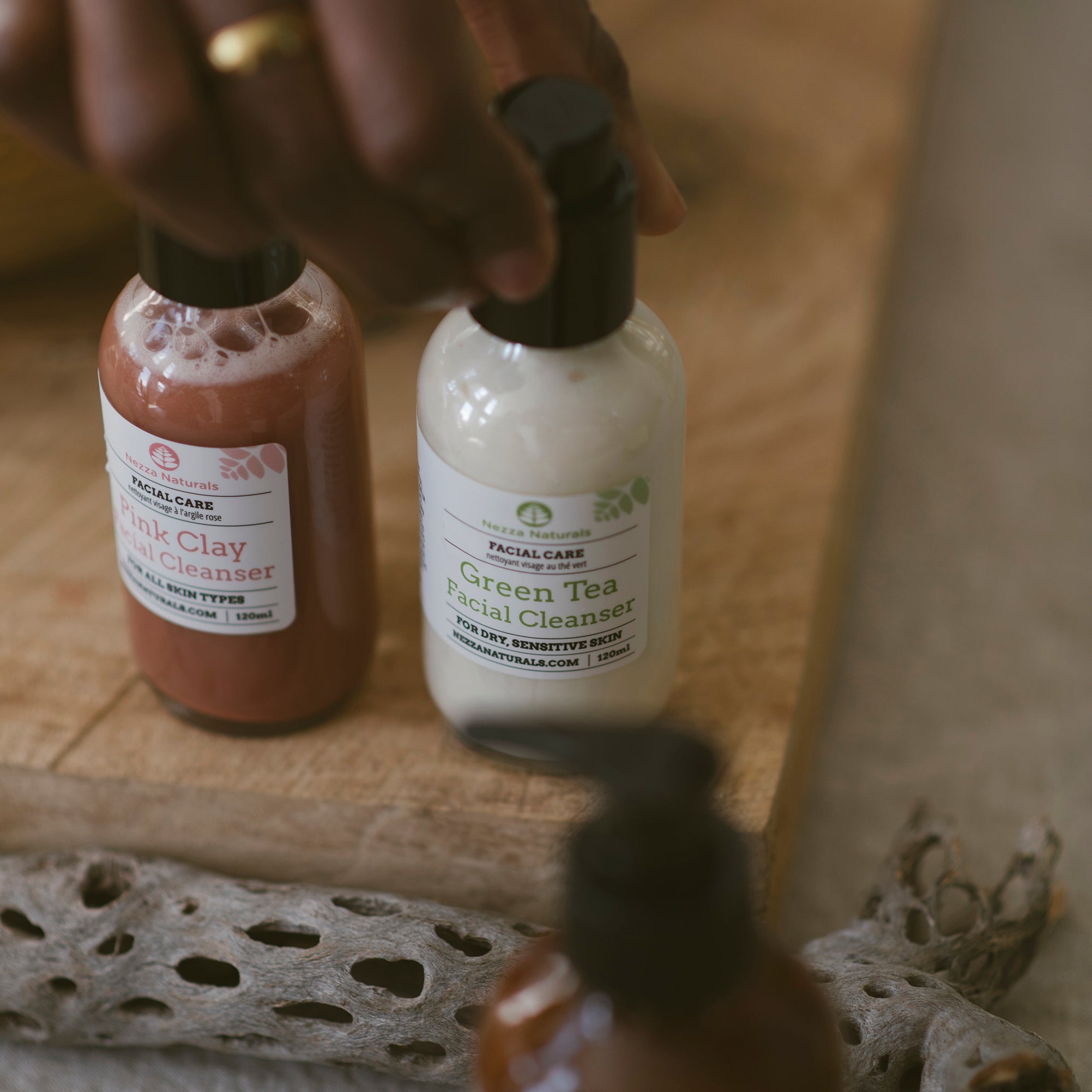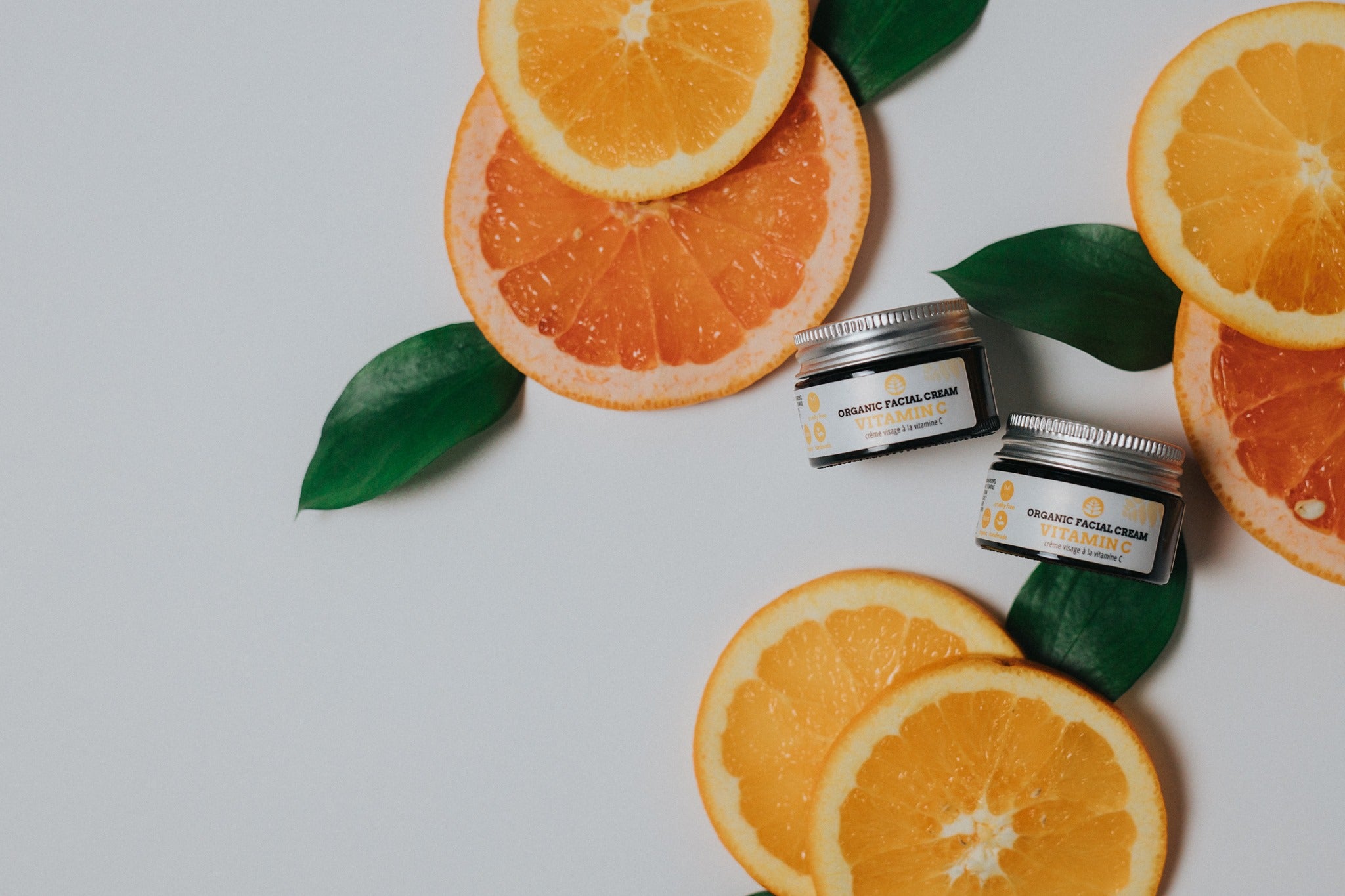
Essential Oils
Frequently Asked Questions
Have questions? Below are some of the answers to our most frequently asked questions about essential oils.
Essential Oils FAQ
What is an essential oil and why is it called “essential”?
Essential oils are highly concentrated, aromatic compounds extracted from various parts of plants—such as flowers, leaves, roots, and bark.
They’re called “essential” because they capture the plant’s natural essence—its scent, therapeutic properties, and core characteristics.
Most essential oils are extracted through steam distillation, though other methods include cold pressing, solvent extraction, and CO₂ extraction. These oils are the foundation of aromatherapy and have been used for centuries to support physical, emotional, and mental well-being.
What are the best ways to use essential oils?
1. Inhalation (Aromatherapy)
Inhaling essential oils can directly affect the limbic system in the brain—linked to emotions, memory, hormones, and heart rate.
- Add 5–15 drops to an ultrasonic or ceramic diffuser
- Use a car diffuser or scentball
- Inhale directly from the bottle for quick relief
2. Topical Use (Skin Absorption)
Essential oil molecules can absorb through the skin and enter the bloodstream.
Always dilute essential oils before applying to the skin using a carrier oil, lotion, or other base.
- General dilution: 5 drops per 30ml of carrier oil (see our blending chart)
3. Bath
Enjoy both inhalation and topical absorption by adding essential oils to your bath.
- Use 3–8 drops, mixed into a carrier oil or unscented bath base for safe use
4. Massage
Create a soothing massage blend by adding essential oils to a carrier oil or unscented lotion.
- Typical dilution: 5 drops per 30ml
Essential Oil Shelf Life & Storage Tips
How long do essential oils last?
Most essential oils have a shelf life of 1–5 years, depending on the oil. Citrus oils tend to oxidize more quickly (12–18 months), while oils like patchouli or sandalwood may improve with age.
Storage tips:
- Keep bottles tightly sealed
- Store in a cool, dark place, away from sunlight and heat
- Use amber or cobalt glass bottles to protect from UV exposure
Oxidation & Sensitization Risks
Essential oils can oxidize over time, making them more likely to cause skin reactions or sensitization.
If an oil smells “off” or has changed in consistency or colour, it may be best to discard it.
Pro tip: Use a label or sticker to mark the opening date on your bottle.
Purity & Quality
How to Choose a Good Oil?
Not all essential oils are created equal. At Nezza Naturals, we use only 100% pure, unadulterated essential oils with no fillers or synthetic additives.
What to look for in a quality oil:
- Latin botanical name on the label
- Country of origin
- Extraction method (e.g. steam distilled, cold pressed)
Carrier Oils
What is a Carrier Oil?
Carrier oils—also known as base oils or vegetable oils—are plant-derived oils used to dilute essential oils before applying them to the skin. They’re called “carrier” oils because they carry the essential oils safely into the skin without causing irritation.
Unlike essential oils, carrier oils:
- Are not volatile, meaning they won’t evaporate
- Have little to no scent (though some may have a mild, natural aroma)
- Are rich in nourishing components like essential fatty acids, antioxidants, and vitamins
What are Carrier Oils Used For?
- Diluting essential oils for safe topical use
- Massage therapy
- Moisturizing the skin
- Reducing inflammation and dryness
- Supporting skin barrier function with nutrients like Vitamin E, omega-3 and 6, and plant sterols
Types of Carrier Oils
There are many types of carrier oils, each with their own texture, absorption rate, and skin benefits. Some popular options include:
- Sweet Almond Oil – Light and nourishing, great for all skin types
- Avocado Oil – Rich and deeply moisturizing, ideal for dry or mature skin
- Sunflower Oil – Gentle, lightweight, and high in Vitamin E
- Jojoba Oil – Similar to the skin’s natural sebum, great for balancing oily skin
- Fractionated Coconut Oil – Light, non-greasy, and excellent for blending
How Are Carrier Oils Made?
Most carrier oils are cold-pressed, preserving their nutrients. Others may be expeller-pressed or macerated (infused with herbs or botanicals).
Essential Oil Safety & Conversions
Essential Oil Safety Tips
Essential oils are highly concentrated plant extracts—and a little goes a long way. While they offer many benefits, improper use can lead to skin irritation, sensitization, or other unwanted effects.
Always follow these safety guidelines:
- Never apply essential oils directly to the skin without dilution.
- Dilute properly in a carrier oil, lotion, or other medium before topical use.
- Avoid ingestion, unless under the guidance of a qualified professional.
- Store out of reach of children and away from heat or direct sunlight.
Useful Essential Oil Conversions
These common conversions can help when creating DIY blends or using essential oils in recipes:
- 20 drops = 1 ml
- 200 drops = 10 ml
- 30 ml = 1 oz
- 1,000 ml = 32 oz = 1 Litre
- 4,000 ml = 128 oz = 4 Litres (approx. 1 gallon)
Tip: Drop size may vary slightly depending on the oil and dropper type, but these are widely accepted aromatherapy standards.
Essential Oils During Pregnancy & Breastfeeding
What to use, what to avoid, and how to stay safe.
Pregnancy & Essential Oils – What You Need to Know
During pregnancy, your body becomes more sensitive, and what you absorb through your skin or inhale can affect both you and your growing baby. While essential oils can be beneficial during this time, they must be used with care.
Essential Oils Generally Considered Safe (after first trimester)
Use in low dilutions (1% or less = ~5 drops per 30ml carrier oil) and always consult with your healthcare provider.
- Lavender (Lavandula angustifolia) – Calming, promotes rest
- Chamomile (Roman) – Gentle and soothing
- Frankincense – Grounding and supportive for skin
- Mandarin or Sweet Orange – Uplifting, gentle citrus option
- Ylang Ylang – Balancing, but use in very small amounts
- Geranium – Hormone-supportive, good for skin
These oils may be used via diffuser, diluted topical application, or bath (3–5 drops mixed into carrier oil).
Oils to Avoid During Pregnancy
These oils are considered unsafe due to stimulating or potentially toxic properties and should be avoided:
- Clary Sage (can influence hormones and contractions)
- Cinnamon
- Thyme
- Oregano
- Rosemary
- Peppermint (may reduce milk supply in late pregnancy or breastfeeding)
- Sage
- Wintergreen
- Basil
- Juniper
- Fennel
- Any oil not specifically marked safe for pregnancy
Avoid internal use of all essential oils during pregnancy unless under the care of a certified clinical aromatherapist or health professional.
Breastfeeding & Essential Oils
Essential oils can continue to support your well-being while nursing, but with some added precautions:
- Avoid applying oils directly to the chest or breasts, especially near baby's face or mouth.
- Use gentle oils in moderation, and ensure they’re fully absorbed before nursing.
- Peppermint and Sage may reduce milk supply and are best avoided.
Safe options include:
- Lavender
- Chamomile
- Frankincense
- Sweet Orange
Always diffuse in a well-ventilated room, and avoid overpowering scents around newborns.
Dilution Matters
Use a lower dilution during pregnancy and breastfeeding:
- 0.5%–1% for daily use (3–5 drops per 30ml of carrier oil)
Stick to short-term use (e.g., for headaches, sleep support, or mood shifts)
Bonus Tip: No Essential Oils for Babies Under 3 Months
While you're using essential oils for yourself, avoid direct use on or around newborns—babies are especially sensitive to potent plant compounds.
Essential Oils & Pets: A Safety Guide
How to use essential oils in a pet-friendly home.
Are Essential Oils Safe for Pets?
Essential oils can be beneficial to humans, but they can pose serious health risks to pets—especially cats, dogs, birds, and small animals. Their livers metabolize substances differently, and even small amounts of certain oils can cause harm.
That said, essential oils can be used safely in a home with pets—but only with caution, proper dilution, and awareness.
General Guidelines for Pet-Safe Use
- Never apply essential oils directly to your pet’s skin or fur unless advised by a veterinarian trained in aromatherapy.
- Never add essential oils to your pet’s food or water.
- Always diffuse in a well-ventilated area where your pet can freely leave the room.
- Store essential oils out of reach of all pets.
Watch for signs of sensitivity: drooling, vomiting, tremors, lethargy, or difficulty breathing. If you notice any of these symptoms, stop using the oil immediately and consult your vet.
Essential Oils That May Be Safe Around Dogs (with care)
- Lavender – Calming, good for stress (diffused only)
- Frankincense – Gentle and grounding
- Cedarwood (Virginian or Atlas) – Naturally repels pests
- Chamomile (Roman) – Soothing for anxiety
Use sparingly and only in a diffuser—never topically or internally.
Essential Oils to Avoid Around Pets
Some oils are toxic to cats, dogs, and other animals, even in small amounts:
- Tea Tree (Melaleuca)
- Peppermint
- Cinnamon
- Clove
- Thyme
- Oregano
- Eucalyptus
- Wintergreen
- Pine
- Citrus oils (Lemon, Lime, Orange, Grapefruit)
Especially for cats, avoid oils entirely unless guided by a holistic veterinarian.
A Note on Cats
Cats are particularly vulnerable to essential oils due to their liver’s limited ability to process compounds called phenols. Even indirect exposure can be harmful.
To stay safe:
- Don’t diffuse essential oils in rooms where cats sleep or spend a lot of time.
- Avoid cleaning surfaces with essential oils that cats may walk on and lick.
- Use hydrosols (floral waters) as a gentler alternative if needed.
Safer Alternatives
Consider using hydrosols, herbal infusions, or pet-specific natural products if you’re looking to support your animal’s wellness naturally.
Need Help Choosing Pet-Safe Products?
We’re happy to help guide you. Email us at info@nezzanaturals.com or visit our store in Victoria, B.C. for more information.



